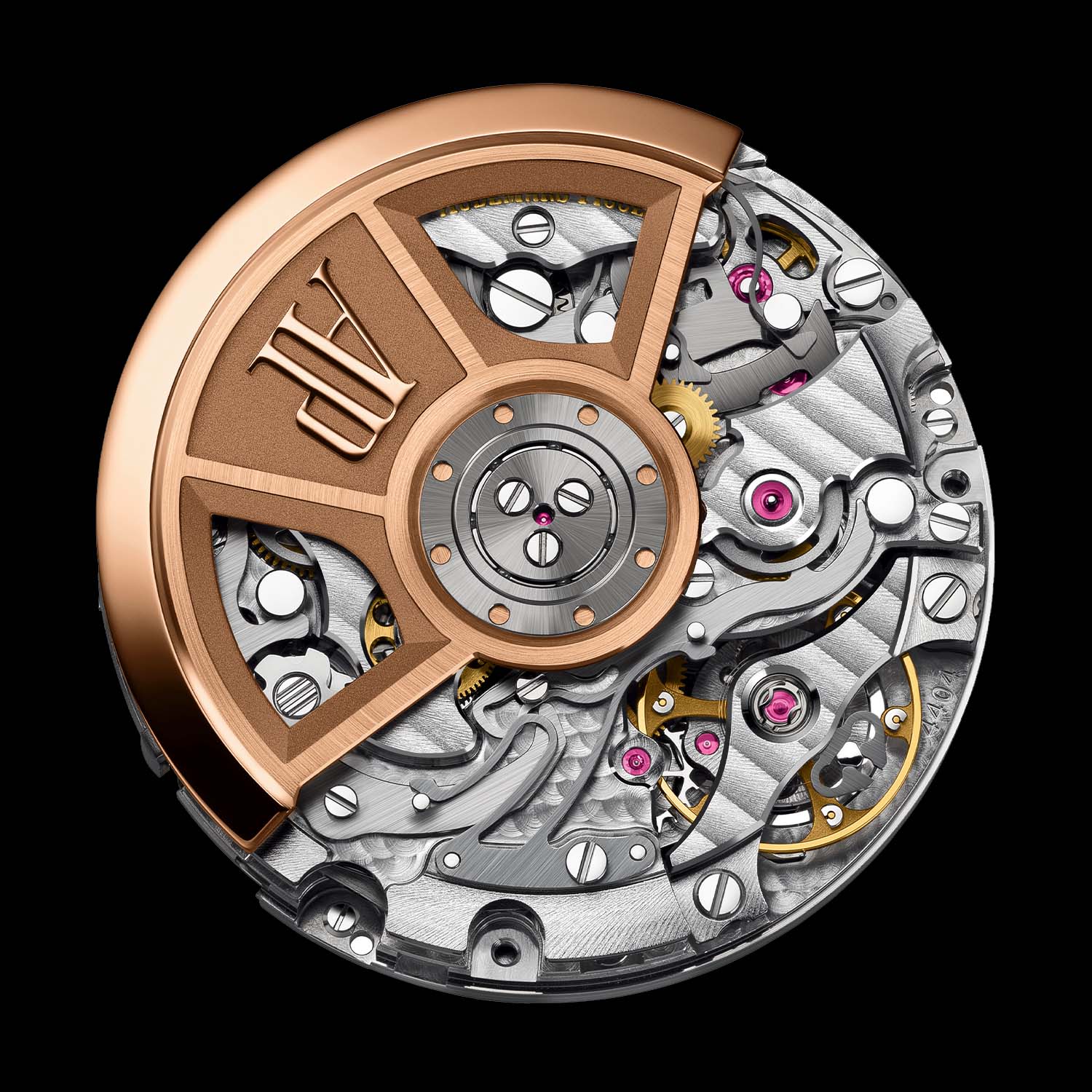BY HARLAN CHAPMAN-GREEN
The Royal Oak is Audemars Piguet’s main model range. Sure, they’ve done other things like the Millenary and the Code11:59 (why that name, why?), but the Royal Oak is the one that’s been propping the brand up for a long time. The Royal Oak Offshore is the Royal Oak’s steroid-taking gym shorts-wearing younger brother, with meatier proportions to boot. Some say that Gérald Genta, the man who designed the Royal Oak, stormed into the Audemars Piguet booth when they debuted the Offshore and had a massive go at them for ruining his design. Say what you will about the Offshore, it is popular, although that is somewhat thanks to those brain-dead flex “luxury life” Instagrammers and their equally brain-dead followers.
The newest watch is sure to be a hit with all Offshore fans. It’s reasonably sized for an Offshore, measuring 42mm x 15.3mm, and comes with 100m of water resistance. And yet, the main draw about this watch is the case and bracelet, which are nearly entirely ceramic. Of course, there are a couple of details which aren’t ceramic. The hexagonal bolts on the bezel, for example, are white gold, and the caseback is made of titanium. That will make this an astoundingly lightweight beast, and yet it still has the brushing and polishing finishes we’d normally see on watches made of metal. Given that ceramic is much harder than metal, at the expense of being a bit more brittle, that’s an impressive feat.
The dial is as much as you’d expect from an Offshore chronograph. The subdials are laid out at 6-9-12 with small lumed markers and lumed hands providing some nighttime reading. The date is magnified, and the magnifier is underneath the crystal, unlike the Cyclops on a Rolex. Perhaps the most intriguing thing about this particular Offshore is that it uses petite tapisserie guilloché rather than the chunky mega tapisserie we’re used to seeing on these. It’s all done by hand, of course.
One of the main points of contention with Offshore watches in the past was their movement, which consisted of an AP calibre with an F-Piguet base coupled with a chronograph module made by Dubois Depraz. These are fine components by themselves, but lots felt that they didn’t justify the high cost of an Offshore, and they were quite fragile. The new in-house calibre 26238CE is a self-winding flyback chronograph with a 4Hz beat rate and 70-hour power reserve. It also comes with lots of great finishing, as you’d expect from a watch of this calibre.
Because of the new movement, the attention to detail on the dial and the ceramic case with a ceramic bracelet, this watch is expensive: €84,000 to be precise. Thankfully, it’s not a limited-edition piece.
Visit Audemars Piguet here.







